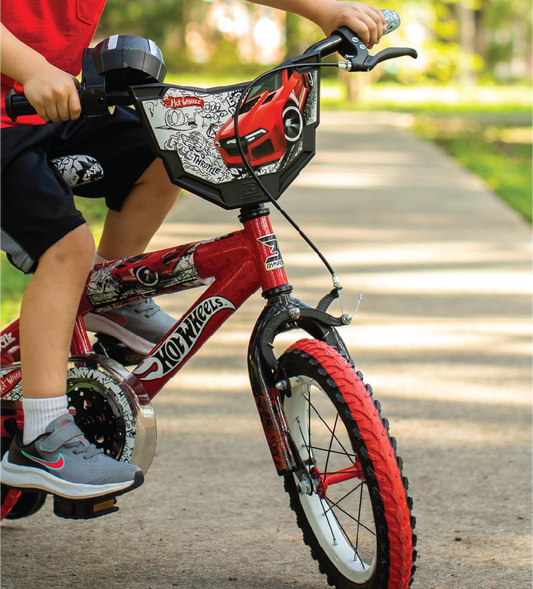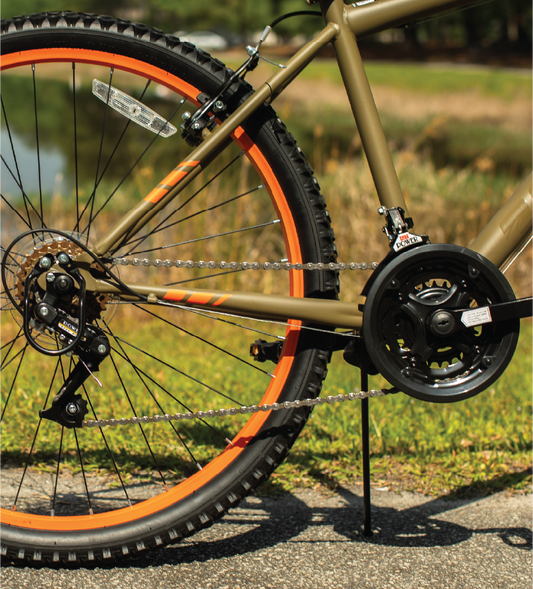Understanding the Different Types of Bicycle Brakes

Understanding the Different Types of Bicycle Brakes
For detailed instructions on adjusting any of the brake systems below, please refer to the safety warnings and adjustment guidelines provided in your owner’s manual, or consult a certified bicycle mechanic.
Dynacraft bicycles may feature a variety of rim brake systems. Each system uses brake pads that press against the wheel’s rim to provide stopping power. Below is an overview of the most common types:
Side-Pull Caliper Brakes
Side-pull caliper brakes use two curved arms that pivot above the wheel. These arms hold brake pads on either side of the rim and feature extensions—one connected to the brake cable, the other to the cable housing. When the brake lever is engaged, the arms pull together and the pads clamp onto the rim to slow or stop the bike.
Center-Pull Caliper Brakes
Center-pull caliper brakes have symmetrical arms, allowing for more balanced braking performance. The cable housing is secured to a fixed frame-mounted cable stop, while the inner cable is connected to a straddle cable via a braking yoke or pulley. This design ensures even tension on both brake arms, reducing the risk of misalignment
U-Brakes
U-brakes function similarly to center-pull caliper brakes but with one key difference: the brake arms are mounted directly to the bicycle frame or fork, rather than to a bridge structure. This offers a lower-profile setup, commonly found on BMX and freestyle bikes.
V-Brakes
V-brakes feature a design where the cable housing attaches to one brake arm and the inner cable to the other. As the cable is pulled, the arms move inward to apply braking force. A rigid metal guide tube—commonly referred to as a “noodle”—helps direct the cable for smooth operation. The noodle often includes a flexible rubber bellows to protect the cable from dirt and moisture. V-brakes are known for their powerful stopping capability and ease of maintenance.
If you're unsure which brake type your bike has or need assistance with adjustments, we recommend reaching out to a professional bicycle technician or contacting our support team.




